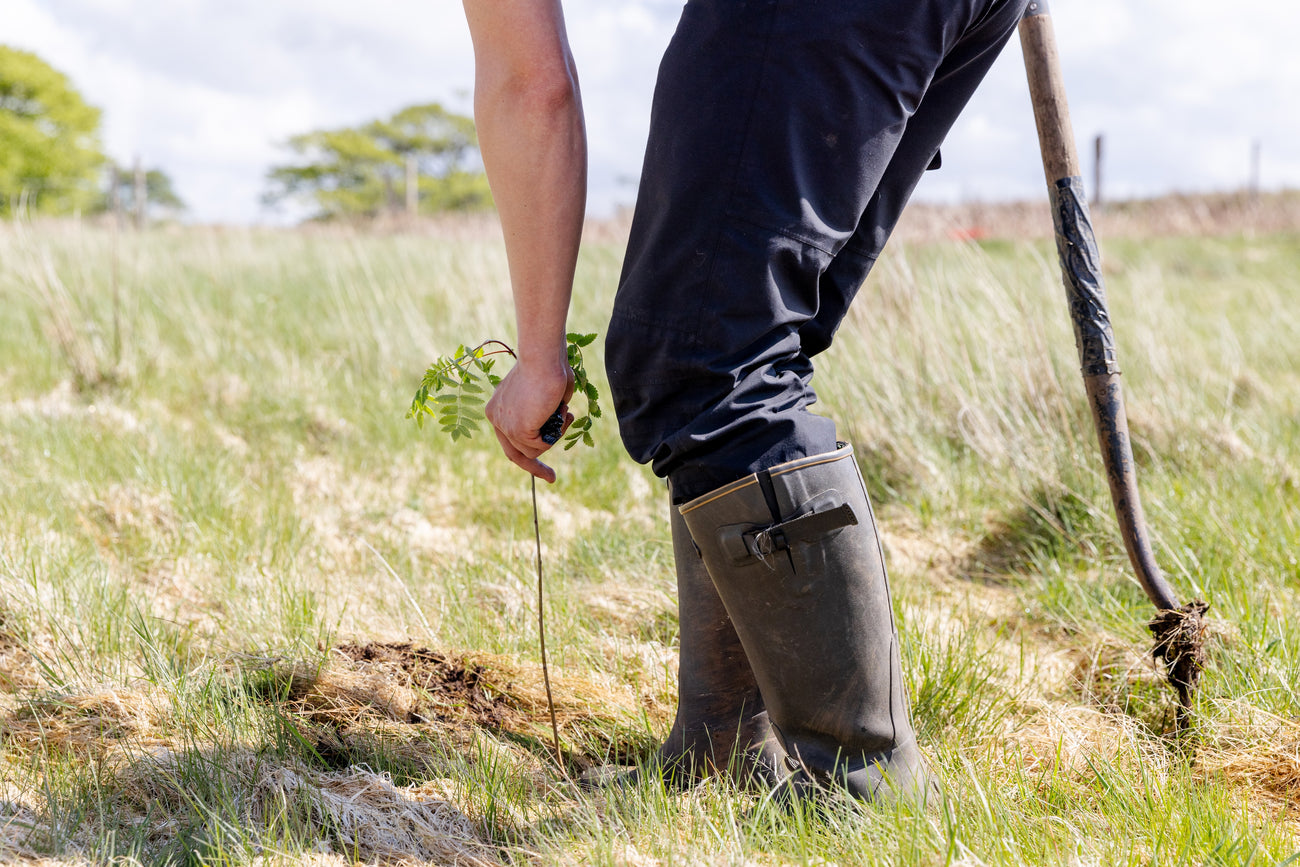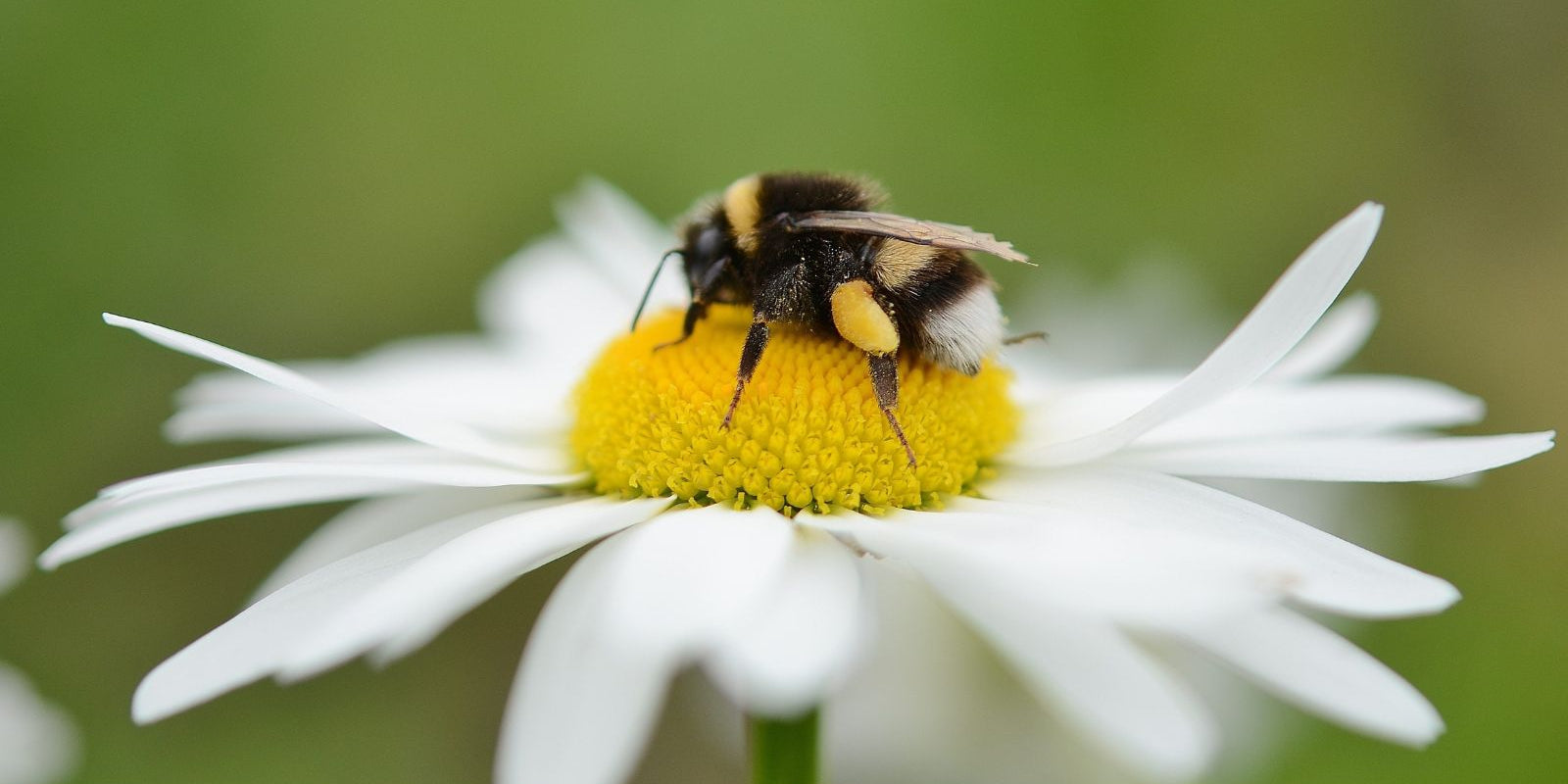
Helping nature thrive
We do award-winning landscape scale nature restoration and reforestation projects to fight climate change and help nature thrive.
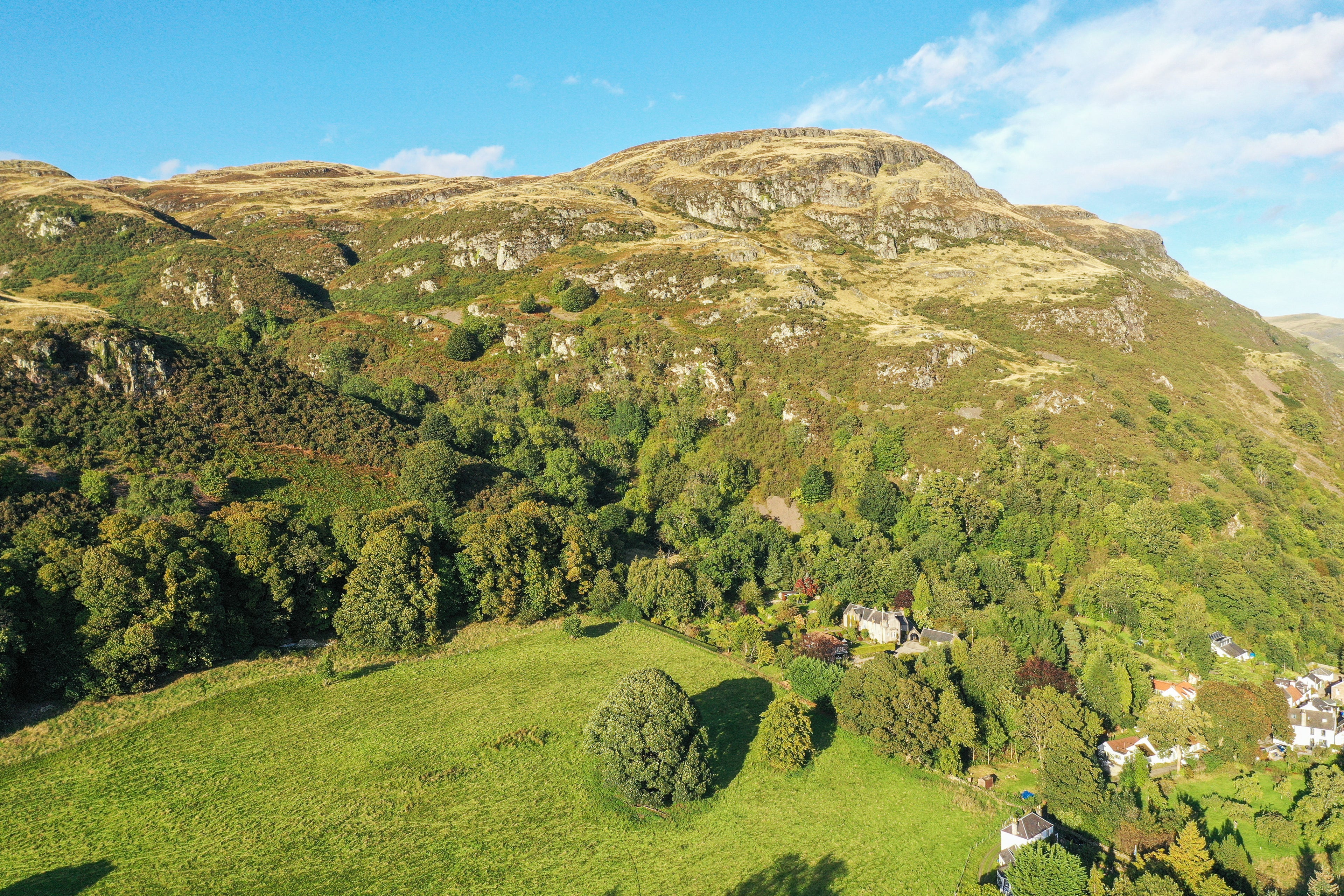
What we do
We do high impact nature-based carbon removal
Our projects put nature first, and provide certified UK Woodland and Peatland Carbon Code units. We can help your business to address its residual carbon emissions, through our award-winning woodland creation and peatland restoration projects. The sale of carbon units enables us to reinvest in our business, facilitating further growth and the restoration of additional habitats.
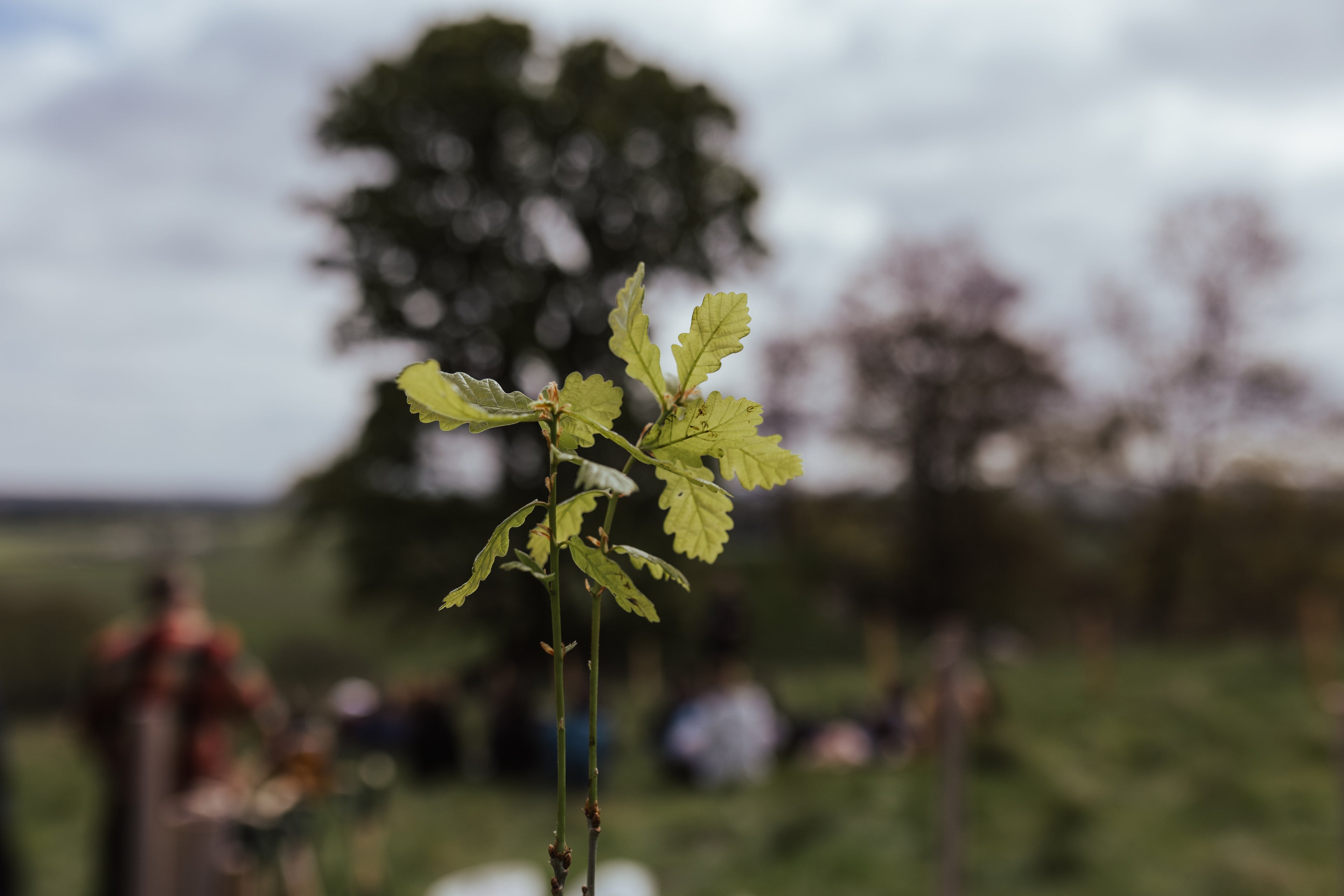
What we do
We plant award-winning woodlands for climate and community
Our nature-first approach creates healthy habitats and restores natural balance. We plant a mixture of native, broadleaf trees to create thriving habitats for wildlife. We plant trees for businesses and individuals who want to make a positive impact on our planet.
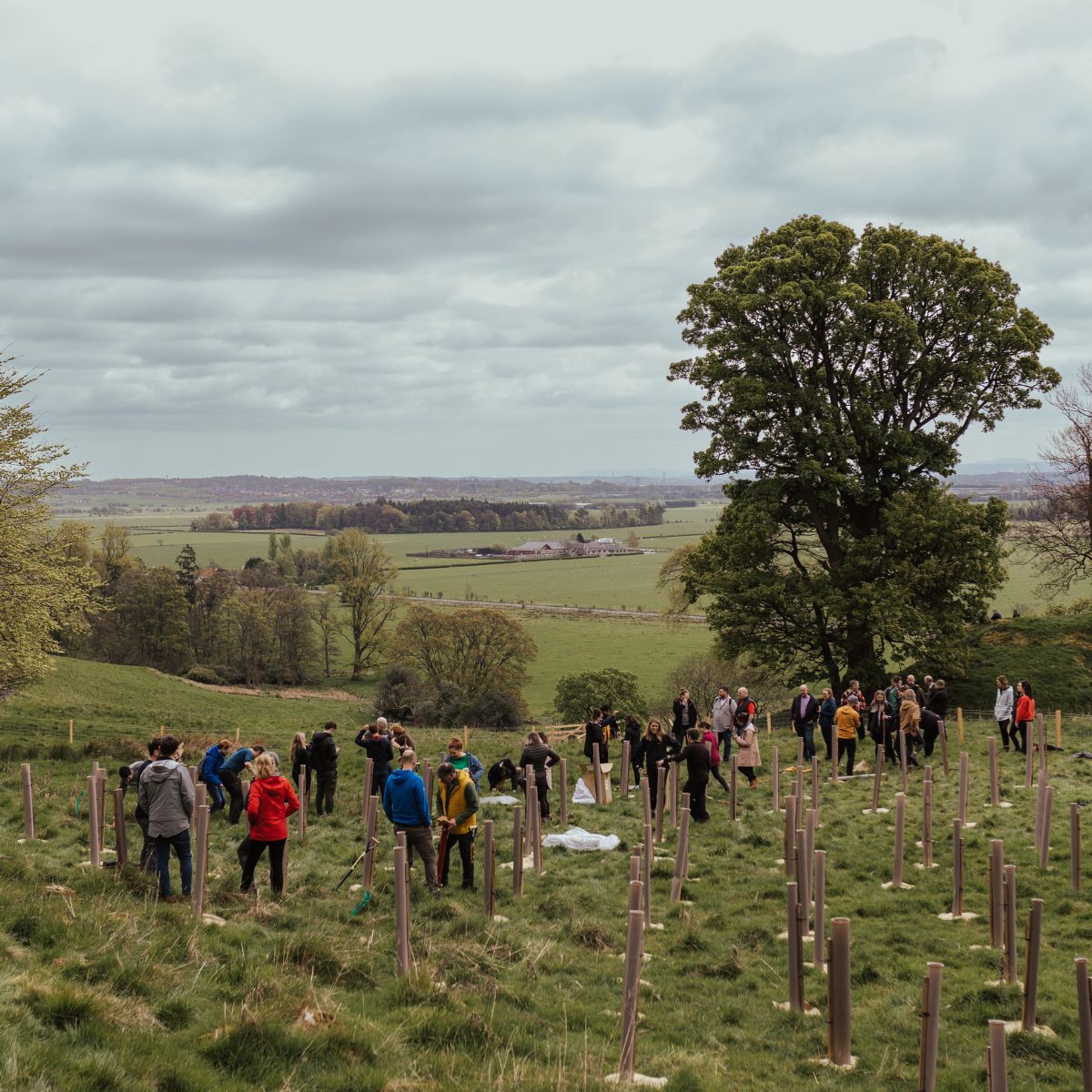
What we do
Our tree planting and nature restoration projects benefit people and the planet
Our team collaborate with a range local communities and organisations. Providing inclusive outdoor access and education. Our sites provide an outdoor classroom for all. From Stirling University student group planting wildflowers at Dumyat to the Mull Wildlife Group learning about Atlantic rainforests at Glenaros, our team of field-based experts are passionate about engaging with the community and knowledge-sharing. We are making efforts to enhance accessibility at our sites. Our ultimate goal is to create opportunities for citizen science, wildlife monitoring and transform our land into an inclusive outdoor classroom for a wide range of individuals.
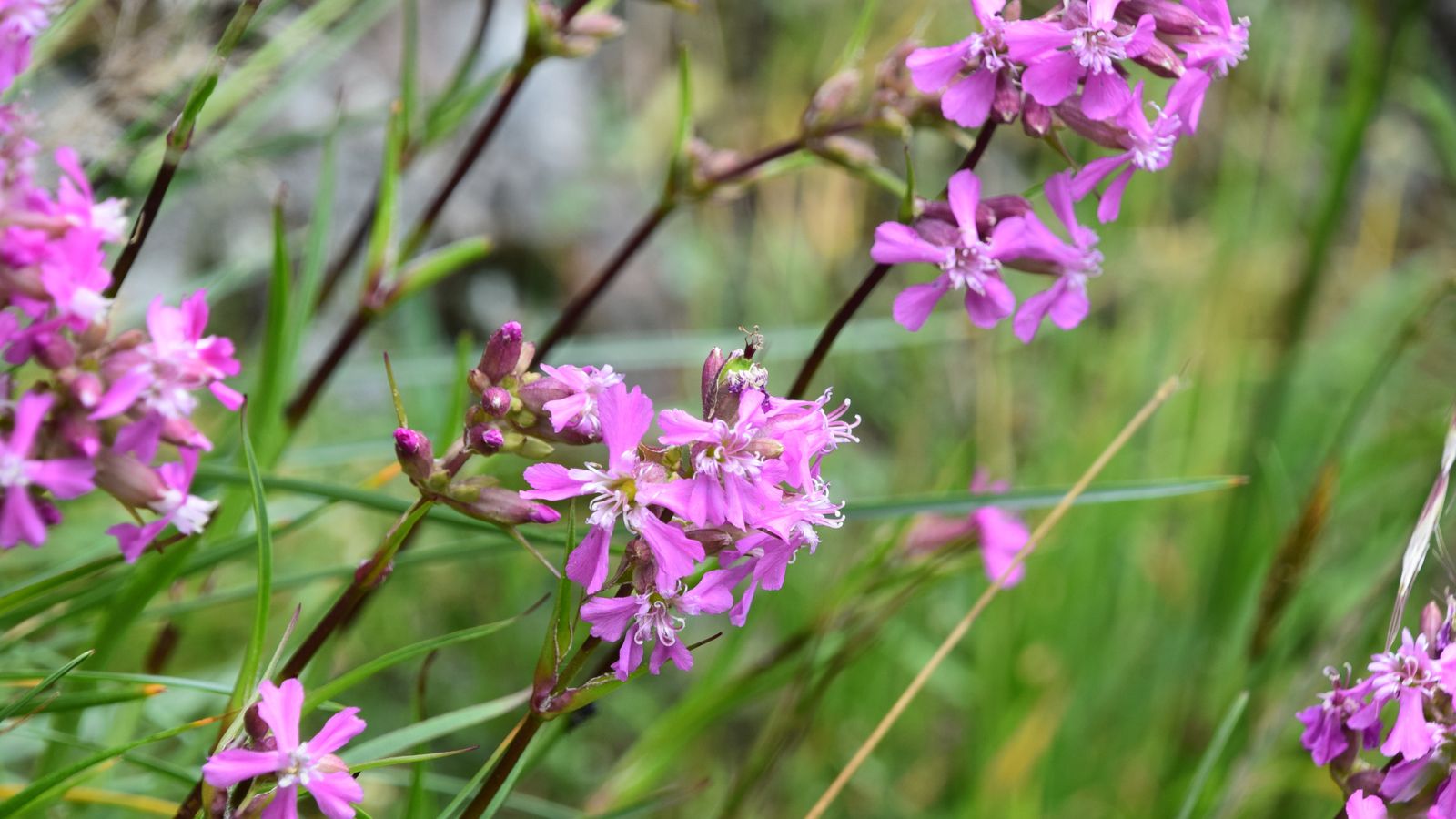
What we do
We do vital nature restoration projects
We are dedicated to the conservation and enhancement of our natural landscapes. The rate at which we are losing nature today is alarming, the UK is left with only half of its natural biodiversity, ranking it among the bottom 10% of countries worldwide. We are dedicated to the conservation of ancient woodlands, the cultivation of wildflower meadows, and the revival of wetlands, actively contributing to the protection and restoration of our diverse ecosystems.
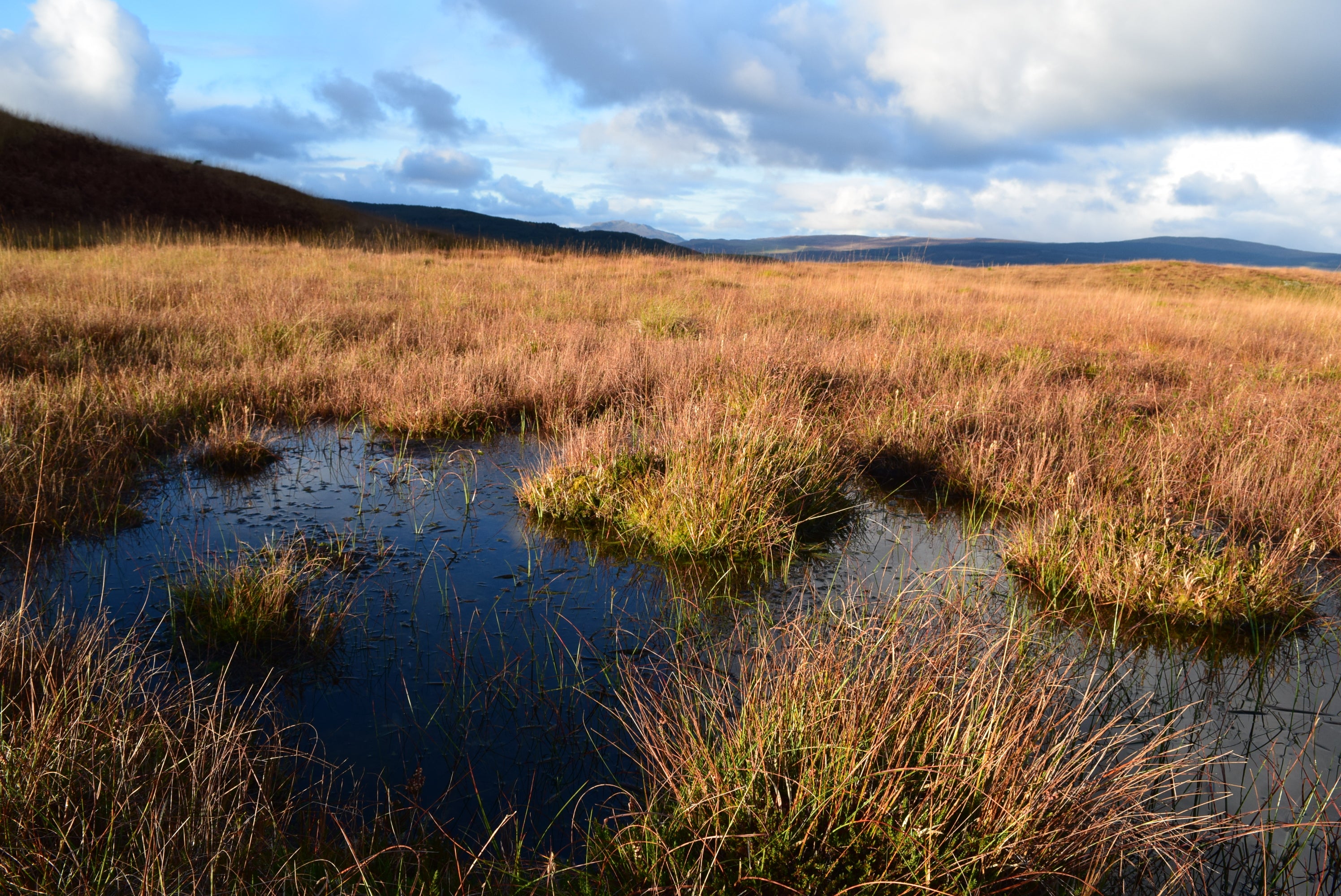
What we do
We restore peatlands
Our team are committed to the conservation of wetlands, degraded peatland, and the development of ponds. Wetlands are essential for carbon absorption and storage, as well as providing a diverse habitat for various species and rare plants. By restoring peatland and creating new ponds, we are actively establishing sanctuaries that are abundant in wildlife and biodiversity. The restoration and protection of peatland are crucial in our efforts to combat climate change. We offer businesses certified UK Peatland Carbon Code units that are of high quality, traceable, authentic, and legally recognised. We collaborate with landowners to restore peatland on their own properties and unlock the economic potential.
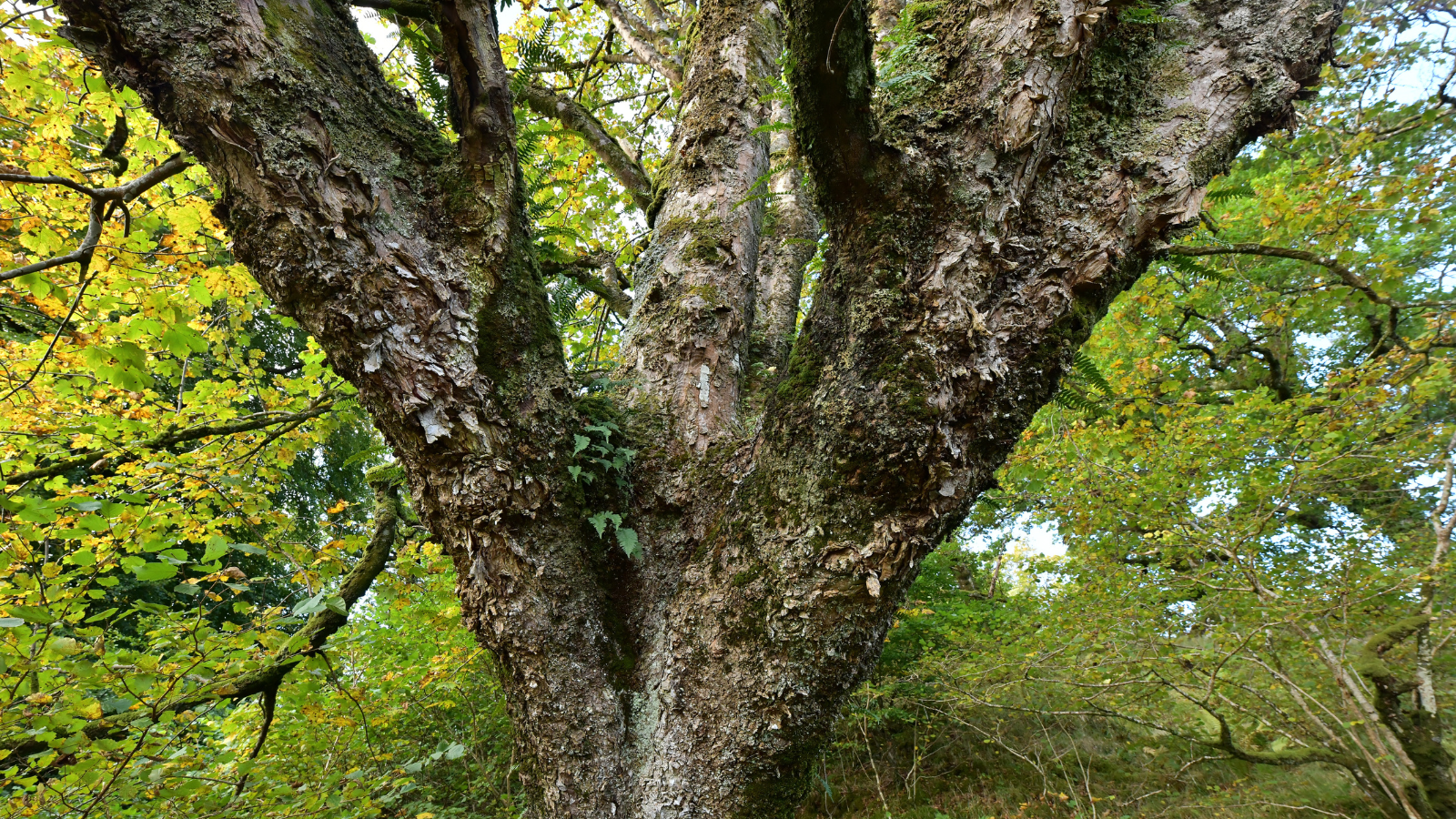
What we do
We protect rainforest and ancient woodland
Scotland's rainforests are incredibly important for wildlife and are just as diverse as tropical rainforests. These ancient woodlands have thrived for centuries, forming intricate ecosystems that support a wide range of plant and animal species, including some that are rare. At Glenaros, we are fortunate to have extensive rainforest areas, particularly the unique Atlantic Hazelwood with its rare lichen. However, these areas have suffered from overgrazing and lack of new growth, making it crucial for us to take action and ensure that future generations can appreciate and benefit from these remarkable habitats.
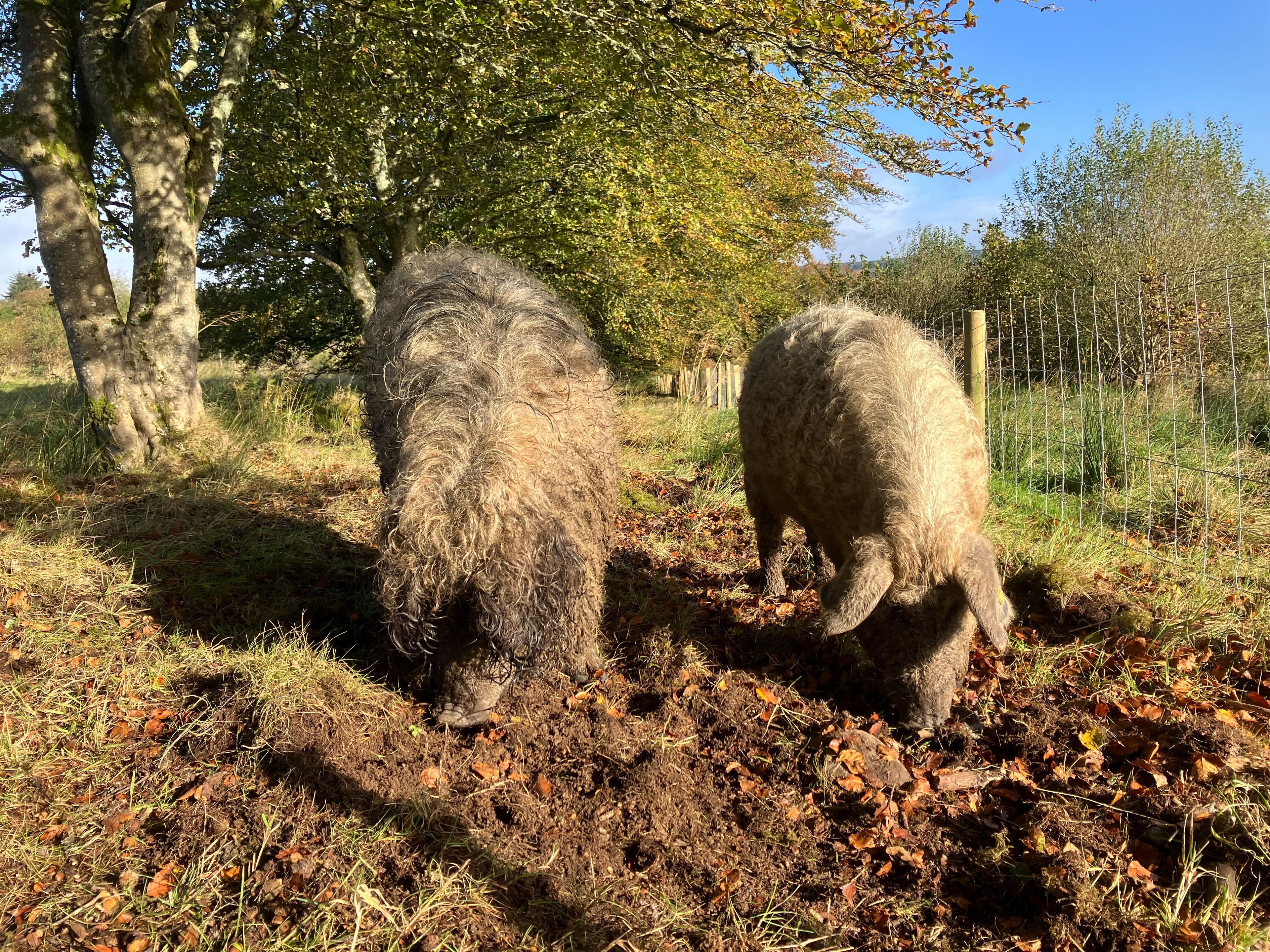
What we do
We practice agroforestry at our woodland farm
Our holistic land management approach means that we consider the whole ecosystem of a site, from the soil to the surrounding community. Our team of experts adopt agroforestry methods on several of our woodland sites. Agroforestry integrates trees, crops and animals to create exceptionally productive and resilient ecosystems. Agroforestry delivers a multitude of benefits both for people, the farm and for nature. An integrated agroforestry system can be designed to avoid potential "leakage" a trade-off that occurs between modern farming and forestry.
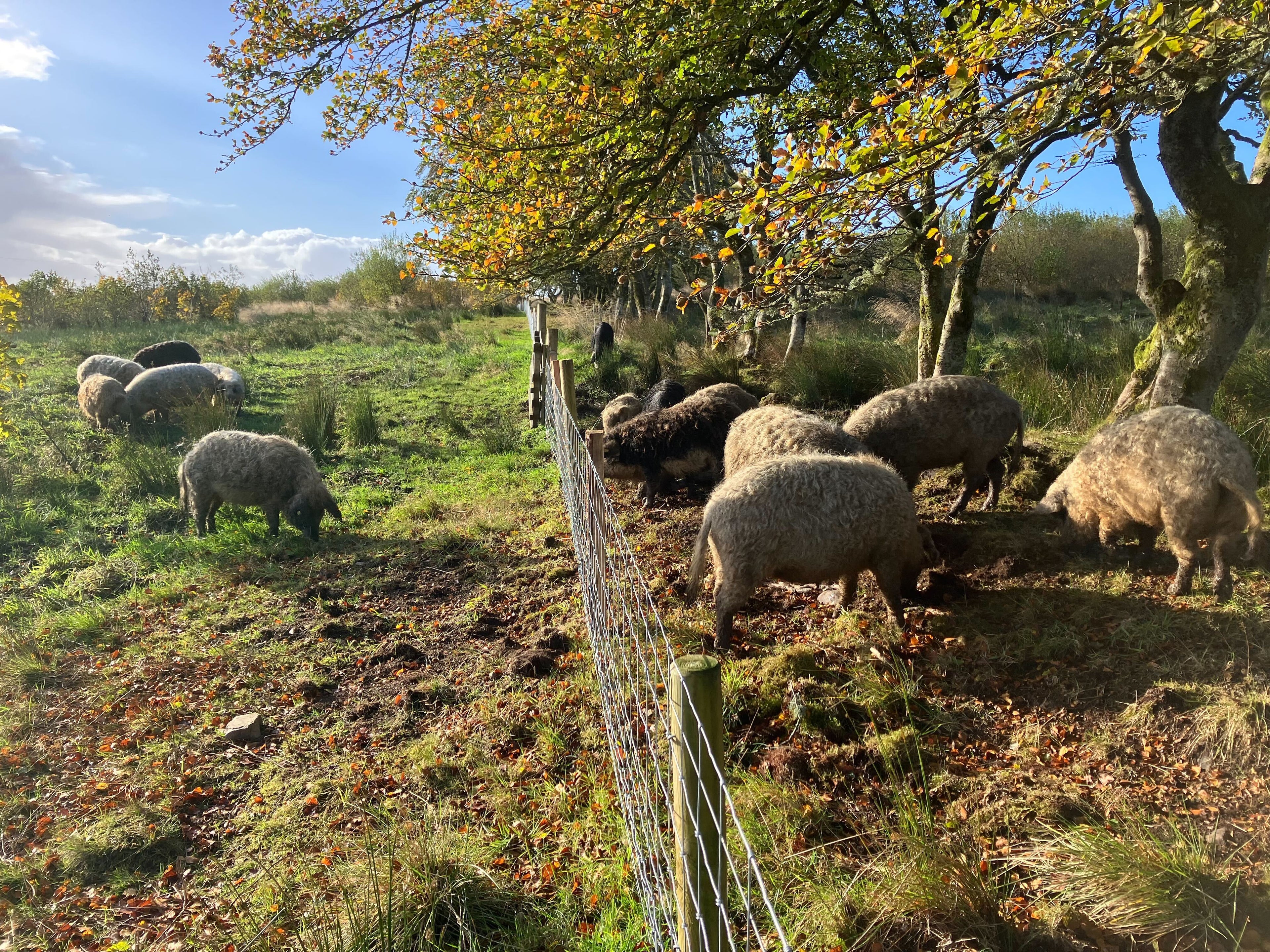
What we do
Brodoclea Woodland Farm
At Brodoclea Woodland Farm we manage the Woolly Pig Company, a small scale organic farming enterprise, the farming activities enhance the woodland rather than the other way round. Our woodland and farm activities are entirely integrated. To support our ongoing work at Brodoclea, we retail 60-80 pigs a year which are then sold directly to customers through our online shop The Woolly Pig Company. The meat from the breed is highly sought-after as it is a healthy and nutrient-rich product due to the environment it was raised in.
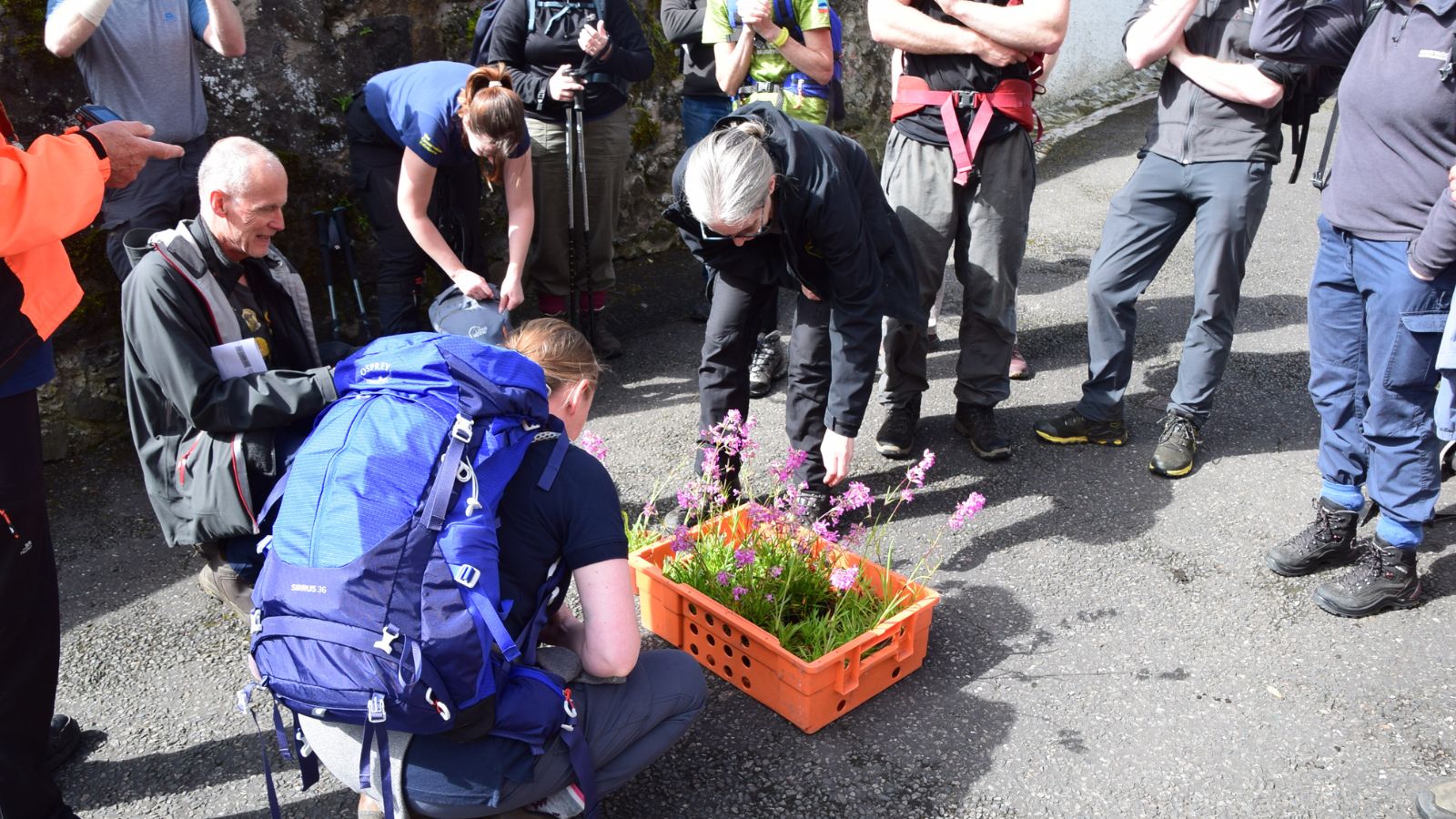
What we do
We collaborate with volunteer groups from local communities
Our team actively collaborate with volunteer groups from the local communities. We are dedicated to improving public access, enabling more individuals to immerse themselves in nature. Our team of in-field experts regularly organise tree and wildflower planting events for volunteers across our sites. Ecologist, Lindsay Mackinlay, led courses this summer for those wishing to change careers or develop skills, so they can work in the conservation sector. This included working with TCV Scotland and hosting a training group from the Botanical Society for Britain and Ireland (BSBI).
Subscribe to our newsletter
Receive stories and updates straight to your inbox.
